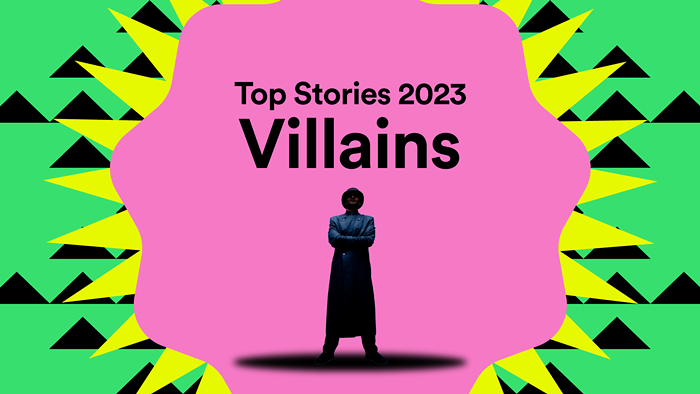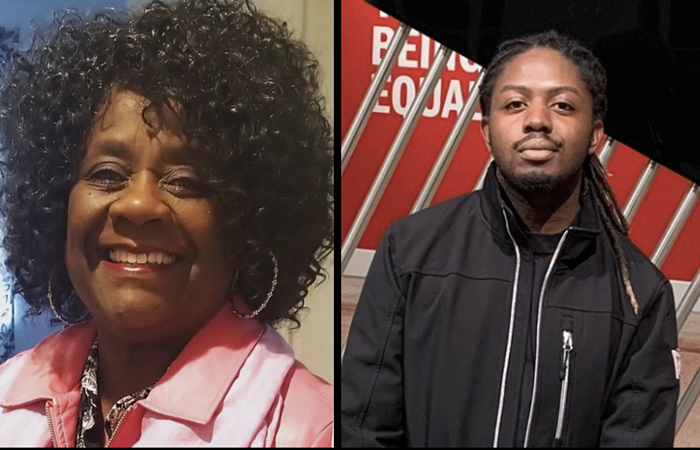In 2008, the work of Ron Regé Jr. took a startling shift. Though still symmetrical and fine-lined—with forms incorporating both abstract and representative shapes—Regé began to make comics about occult ideas and esoteric mysticism. 2012 saw the release of the tall, dense Cartoon Utopia, its pages packed with comics about Regé’s studies in magical practice. This year, Fantagraphics released a softcover version of that epic collection—which has come to be considered Regé’s opus—and a new book of short comics, What Parsifal Saw. The latter title draws upon a Wagner opera about the Arthurian knight Percival and the visions he received during his quest for the Holy Grail. Regé answered the Mercury’s questions in a conversation that ended up being about superhero comics.
MERCURY: The central piece in What Parsifal Saw is “Cosmogenesis,” an illustrated creation myth based on the writings of 19th century Russian occultist Helena Petrovna Blavatsky. Is Blavatsky’s “Cosmogenesis” a book I could actually find and read?
RON REGÉ JR. [sounding like the Kool-Aid Man]: Oh yeah! “Cosmogenesis” is the first part of Madame Blavatsky’s life’s work, her three-part bible of theosophy called The Secret Doctrine.
And you illustrated it all here?
Oh no. Not at all. The Secret Doctrine is encyclopedic. Almost no one reads the whole thing. There is a paperback version—like a reader’s copy—of maybe 300 pages. I took from that. I highlighted things that attracted me visually—like, I’d like to draw that!—and assembled it that way.
There are people in your “Cosmogenesis” with objects like computer tablets. Does this creation myth happen before our time, or could we still be inside of it?
Riiight. That’s a real “What is theosophy?” question. Yes, definitely. We are still inside of it and we are still creating it. One of the things that attracts me to theosophy is that it’s meant to be a developing belief system. It’s meant to take the mystical parts of all belief systems in the world, put them together, and then find the common threads, so it’s supposed to be something that’s always developing.
Why did you draw another version of Wonder Woman’s origin story?
I was just kind of goofing around. I wanted to draw girls. I wanted to draw Wonder Woman. After I drew it, I became even more interested in her creation story. Wonder Woman is very obviously based on a whole bunch of archetypal goddesses and no one seems to acknowledge it and it’s really obvious. Do you know about the history of Wonder Woman’s creator, William Marston?
I’ve read some articles about his cool FetLife.
Those articles are all probably from The Secret History of Wonder Woman by Jill Lepore. Before she wrote that book, the only thing I ever saw about Marston’s personal life was this big coffee table book and I remember reading it and thinking, ‘What? He invented the polygraph? He lived with two women?’ Nobody ever talked about it and it’s really interesting!
If you stop anyone on the street and ask them about Batman or Superman, they all know their origin story, but not Wonder Woman. Lepore’s book really cements Wonder Woman as a feminist icon, but she also obviously has some sort of spiritual component. I wanted to draw something about that.














